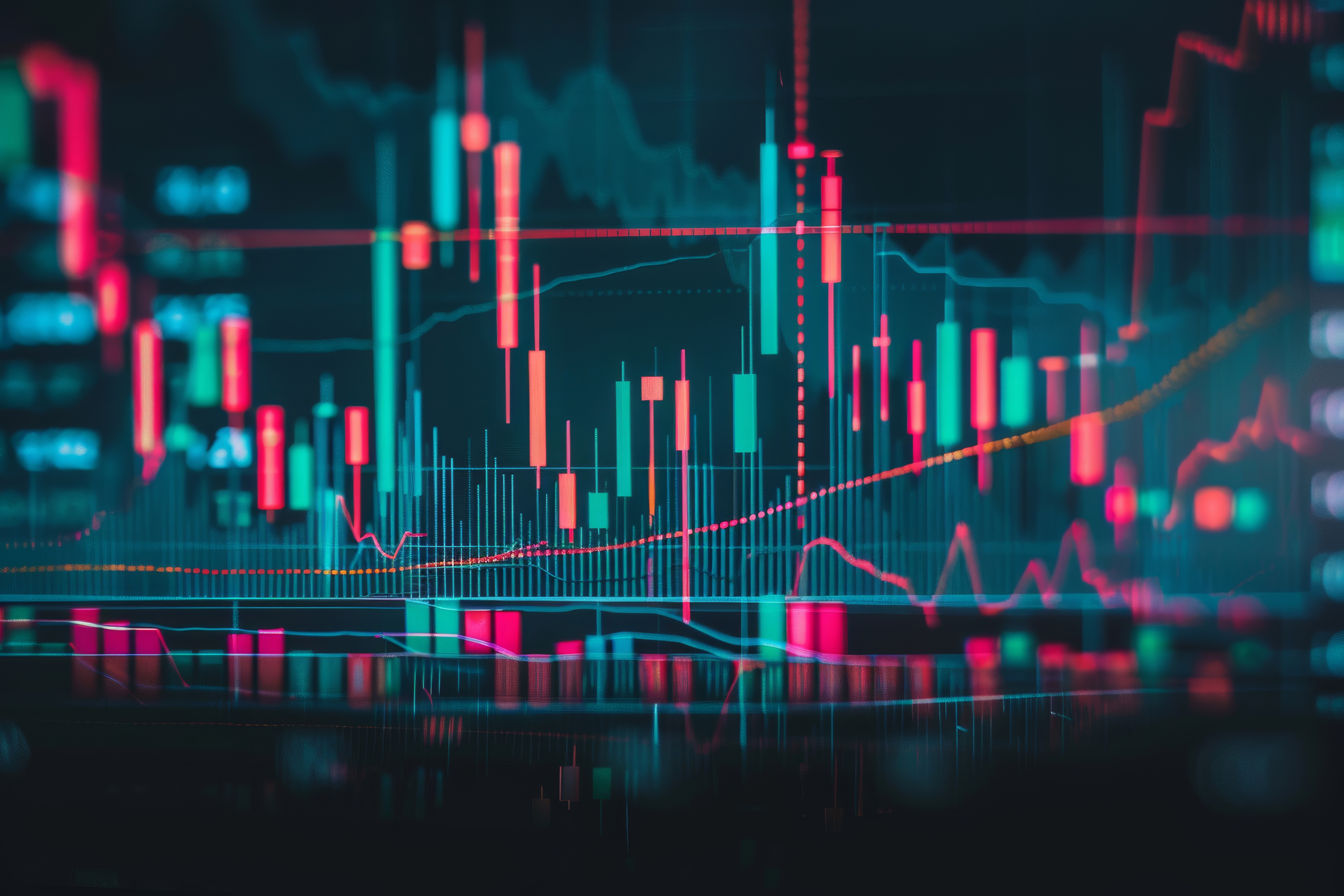Learn to take losses. The most important thing in making money is not letting your losses get out of hand – Marty Schwartz
Accepting loss to gain trading consistency is an interesting paradox.
Every good trader endures loss. The difference between a successful trader and failure is understanding how to handle loss. Whether we choose to accept it or not, losses are an integral part of trading.
Newer traders often fall victim to revenge trading – an occurrence involving the attempt to win back losses, often brushing aside risk measures and logic. Others try to disregard losses altogether, trading through the pain.
Both approaches, regardless of the trading strategy, cause emotional frustration and will inevitably drain your account.
A Trading Plan
Losses are not the problem, it’s the absence of a well-defined trading plan that is.
Having a plan helps guide traders on points such as risk management, money management and entry and exits signals. The trading strategy, included within the overall plan, that details entry/exit rationale, should have gone through rigorous testing prior to trading live.
Experienced traders put their strategies through comprehensive tests, verifying which approach works best in which market. This gives them the confidence to trade with live funds and not feel threatened by losses.
If you’re unsure how to build a trading plan, check out this comprehensive article.
Is Placing a Trade Accepting Risk?
Placing a trade is not accepting risk – placing a trade is taking risk. Two entirely different things.
Trading, contrary to popular belief, is not a right/wrong profession.
The moment a trade is placed, traders often expect gain, only giving lip service to the possibility of loss, or risk. This is a mistake, leading to frustration and, ultimately, further loss.
Accepting the possibility of a trading loss, prior to executing the trade, is the objective here. By recognising the likelihood of loss, altering trade levels while the position is live would not occur. Risk – your stop-loss order – is calculated and acknowledged before taking the trade, accomplished through an objective state of mind unclouded with emotion, according to your overall trading plan.
Recovering After a Larger-Than-Expected Loss
A large loss can be devastating, not only financially but emotionally, too.
Following a trading plan helps avoid this occurrence, though it can still happen to the best of us.
Protective stop-loss orders, while they’re there to protect capital, do not necessarily always limit loss to the price level selected. If a stop-loss order is triggered during a major market event – this does not have to be a crash, it can be any tier-1 economic release that surprises enough – the stop becomes a market order, though depending on market conditions available bids/offers may be limited. This means you’ll be filled at the next available price, which could be much further than you initially anticipated. These type of stop orders are called sell/buy stops.
What about stop-limit orders? As their name implies, there’s a limit on the price at which they execute. You essentially inform your broker the price you accept. There are two prices specified in a stop-limit order: the stop price, which will convert the order to a sell/buy order, and the limit price. Instead of the order becoming a market order, it becomes a limit order that will only execute at the limit price or better. However, there is no guarantee this order will be filled, particularly if price is rising or falling rapidly.
Experiencing a larger-than-expected loss affects different people in different ways.
It’s important to take some time and let the loss sink in. You need to come to terms and accept the loss. Once you’re in a better place you can think about analysing why the loss occurred. Did you follow the trading plan? Was every angle covered? Is there something you could do in the future to avoid this reoccurring?
Only when you feel ready, consider trading a small account to rebuild that confidence you once had. However, you don’t want to be paralysed with the fear of losing, but at the same time the position size can’t be so small your mind doesn’t take trading seriously.
Accept Responsibility
Trading loss, as highlighted at the beginning of this article, is part of the business.
Accepting responsibility is vital. Most of us overlook this. Instead of taking responsibility for a bad trade, we blame everything but ourselves. It’s the market, the broker, the charting service, etc.
It’s your analysis and your account. Put your loss, as long as it’s a controlled loss, in perspective and move on. Assuming you’re trading a tested strategy, thinking in probabilities helps combat the individual effect losses have.
Experience traders lose a pre-determined amount they are comfortable with and accept it as an unavoidable part of trading. They move on to the next trade, knowing their overall strategy, through testing and track record, is profitable over the long term.
Get Comfortable Being Uncomfortable
To become successful as a trader, you must put yourself into situations that will bring loss. This is part of your job as a trader. You are actively competing against the most powerful forces in your body: the unconscious and subconscious. You are quite literally fighting yourself and most of the time.
The takeaway from this entire article is, in order to succeed in trading, you need to learn to be comfortable accepting the possibility of loss on any one trade.
If you enjoyed this article, check out this piece. It lists 5 must-read trading psychology books worthy of any trader’s bookshelf.





